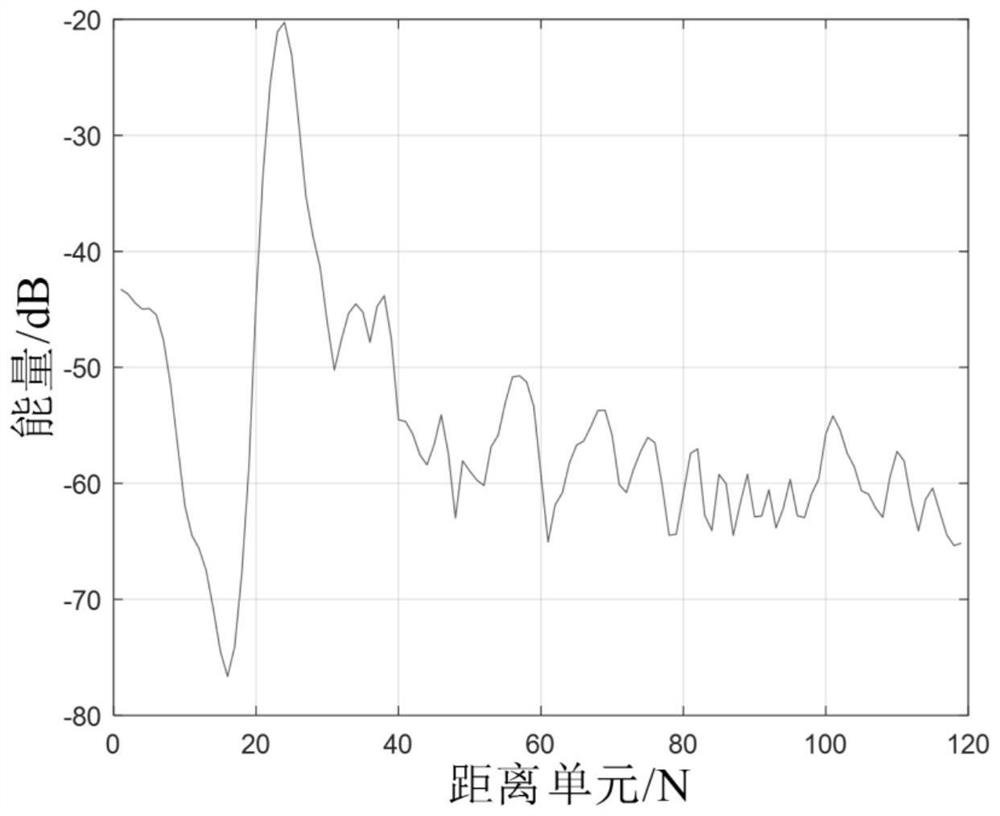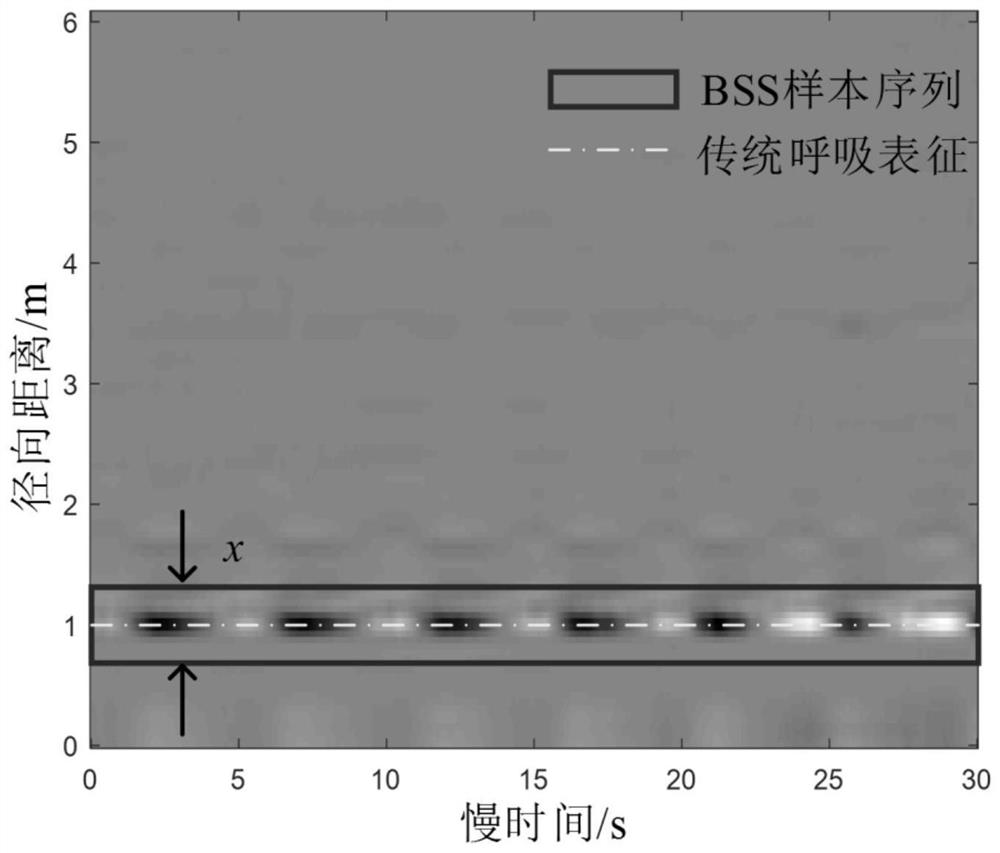Ultra-wideband radar identity recognition method based on breathing sample space
An ultra-wideband radar and identification technology, applied in the field of identification, can solve the problems of roughness, inconvenient use, lack of coherence, etc., and achieve the effect of fast and accurate identification
- Summary
- Abstract
- Description
- Claims
- Application Information
AI Technical Summary
Problems solved by technology
Method used
Image
Examples
experiment example
[0071] In order to clarify the method flow of the present invention and present the results of the method more intuitively, an experimental example is attached here for further supplementary explanation. There are four volunteers in this experiment example, and their corresponding physiological characteristics are shown in Table 1:
[0072] Table 1 Physiological characteristics of experimental volunteers
[0073] Target gender height / m Body weight / kg Volunteer 1 male 1.71 62 Volunteer 2 male 1.73 57 Volunteer 3 male 1.81 75 Volunteer 4 Female 1.60 55
[0074] The volunteer sat quietly on a 0.4m high chair to rest and breathe naturally. The radar was 1m away from the volunteer, and the height was set at 0.9m, which was equal to the volunteer's chest. The radar frame rate is set to 16 frames / s. Since the collected respiratory signals are mainly concentrated at 0.2-0.33Hz, it satisfies the Nyquist sampling theorem. At the ...
PUM
 Login to View More
Login to View More Abstract
Description
Claims
Application Information
 Login to View More
Login to View More - R&D Engineer
- R&D Manager
- IP Professional
- Industry Leading Data Capabilities
- Powerful AI technology
- Patent DNA Extraction
Browse by: Latest US Patents, China's latest patents, Technical Efficacy Thesaurus, Application Domain, Technology Topic, Popular Technical Reports.
© 2024 PatSnap. All rights reserved.Legal|Privacy policy|Modern Slavery Act Transparency Statement|Sitemap|About US| Contact US: help@patsnap.com










